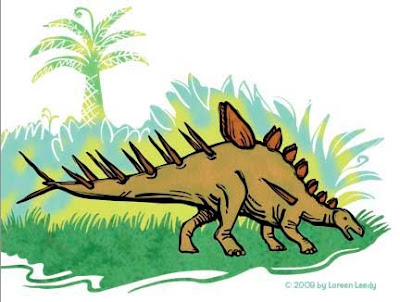 These were a surprise for my nieces and nephew, which was fun. I almost had to give one of them held together with safety pins because time was running short. Below is Deborah with the mostly pink and white one.
These were a surprise for my nieces and nephew, which was fun. I almost had to give one of them held together with safety pins because time was running short. Below is Deborah with the mostly pink and white one. 

That is Sarah with the groovy pink, green, and orange designs. I hear that it has instantly become her close companion for TV watching.
That reminds me, I just read a story in Consumer Reports that the “Snuggie” blankets shed handfuls of fuzz with every wash and end up threadbare. Another advantage of quilts.
 Caleb’s quilt has guitars, too, plus musical notes on the backing fabric and keyboards on the binding. (He plays the cello.) This photo turned out a tad blurry, but you can see it better in the next
Caleb’s quilt has guitars, too, plus musical notes on the backing fabric and keyboards on the binding. (He plays the cello.) This photo turned out a tad blurry, but you can see it better in the next photo.

My husband Andy somehow took a nap amidst the cacophony of the group simultaneously playing the card game Flux and working a puzzle.
After making these simple designs with big chunks of fabric which still took quite a long time, I can’t imagine how people make the really complex blocks with a bunch of tiny pieces. More power to them, it’s back to small wall hangings for me!
 Happy New Year, everyone!
Happy New Year, everyone!














